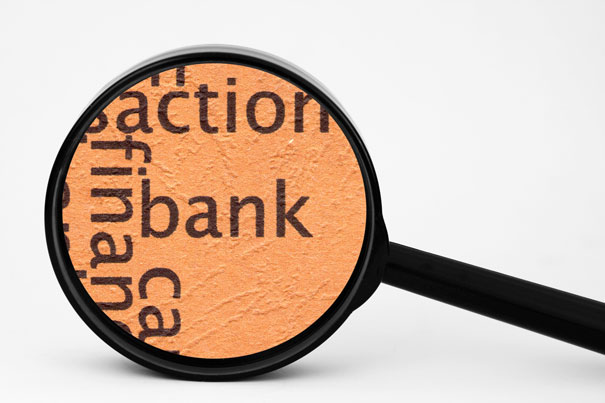More From Christopher Joye in the AFR.
According to RBA research in 2015, the “major banks have received an unexplained funding advantage over smaller Australian banks of around 20 to 40 basis points on average since 2000”.
While advisers say Morrison does not want to state on the record that the new levy is a tax on the implicit government guarantee of the big banks’ wholesale debts for fear of fuelling moral hazard, he cited exactly the same 20 to 40 basis point subsidy on Insiders on Sunday to rationalise it.
This accords with our estimates that the artificial increase in the majors’ senior bond ratings by two notches from A to AA- on the assumption they will always be bailed out lowers their current cost of capital by 17 basis points annually. (Macquarie’s rating gets upgraded from BBB+ to A using the same logic.)
The RBA further found that the “funding advantage for the major banks is significantly larger for subordinated debt, perhaps due to the greater potential for losses in the event of a default”, which our research also confirms.
Even in the savings market, where ratings are less salient, a simple comparison of the six- and 12-month term deposit rates offered by AMP, Bank of Queensland, Bendigo & Adelaide Bank, and Suncorp, which all sit in the A band, reveals that they are on average forced to pay 26 basis points more than the majors for this money.
The RBA’s 20 to 40 basis point estimate of the too-big-to-fail funding advantage implies that the majors capture an annual taxpayer subsidy worth more than $5 billion from their implicit government guarantee (using the wholesale liabilities identified in the budget). This makes the majors by far the most publicly subsidised companies in the country, receiving benefits that are more than 10 times larger than the $415 million of support the car industry (a favoured political target) received in 2013.
And none of this analysis accounts for the subsidies inherent in the $200 billion-plus of emergency liquidity all banks can tap in a crisis at a staggeringly cheap rate of just 1.9 per cent via the always-generous RBA



